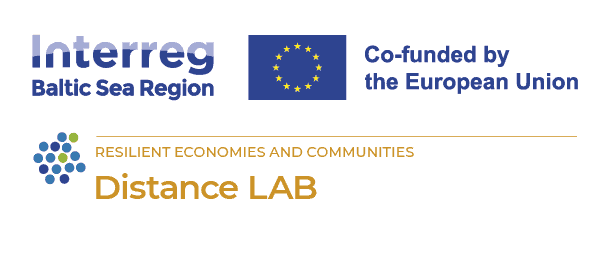
Local living labs of innovation
13 September 2023
Local LL will be tested and the results used in WP3 to efficiently transfer the solutions online and offline. In this pilot, activities of local LL will be shared to create the hub’s action model online and offline to support the collaboration of participating countries.
Living lab is a physical or virtual space in which to solve societal challenges, especially in urban areas, by bringing together various stakeholders for collaboration and collective ideation. Living Lab is the most prominent concurrent method for stakeholder engagement in innovation ecosystems, typically used for quadruple helix settings. LL are user-centred, open innovation ecosystems based on systematic user co-creation approach, integrating research and innovation processes in real life communities and settings (according to the European Network of Living Labs). Successful innovation development is nowadays dependent on understanding both existing and emerging user needs, through which business opportunities are developed. A living lab is a network that integrates both user cantered research and open innovation.
The LL concept will be used to initially facilitate the creation of services and tools for the DistanceLAB platform. Furthermore, it is expected to remain functional in partners’ regions (operated by partners’ institutions) to gather together stakeholders and facilitate exchange with businesses to support their needs, develop new support services and instruments, as well as to make existing services, tools and platforms more user friendly and accessible.
Living labs typically use quadruple helix approach to perform activities which means that different actors are involved, namely, higher education institutions, government, business such as small and medium sized enterprises, and the civic society. Diverse type of actors stimulates the discussion and development of innovations, as different perspectives on topic are provided.
Therefore, in this process, the quadruple helix approach will be used and co-creation and design thinking approaches employed to develop setting for implementing LL and getting best results from this activity.
There are various kinds of living lab concepts that are suitable for different kinds of end goals. Livinglab is proven to be an effective place for co-creation and co-production activities. Partners that are intrinsically interested in solving a product or create product or service, makes a living lab concept and activities a god fit for the end goal. Participation in a living lab not only gives the right setting for the innovation execution but also facilitates new connections, new perspectives, ideas, skills and other benefits.
In addition, it will help gather together stakeholders and facilitate exchange with businesses, as well as general public.
Participants should be intrinsically motivated to participate and give input in co-creation and innovation processes and activities. Therefore, they should be involved from the beginning of creating LL and participate in co-creation sessions. Partners will get training in co-creation and design thinking during planned workshops.
It should be taken into account that commitment of the participants to be open to adopting an attitude that might be different from their traditional way of working. A communicative and transparent attitude of the actors in the development process is needed with regards to their knowledge, interests, and objectives. In this sense, co-creation methods should be adopted to local needs and traditions.
Have a look at the living labs network developed during the project (link to the DistanceLab online hubpage).
Interactive map showing pilot locations. Use the arrow keys to move the map view and the zoom controls to zoom in or out. Press the Tab key to navigate between markers. Press Enter or click a marker to view pilot project details.





